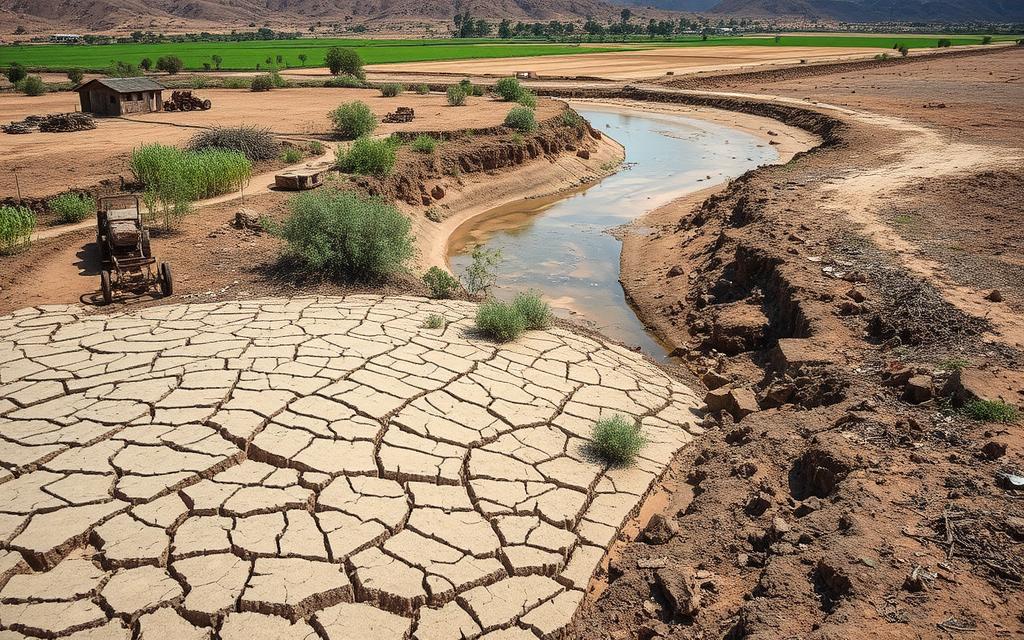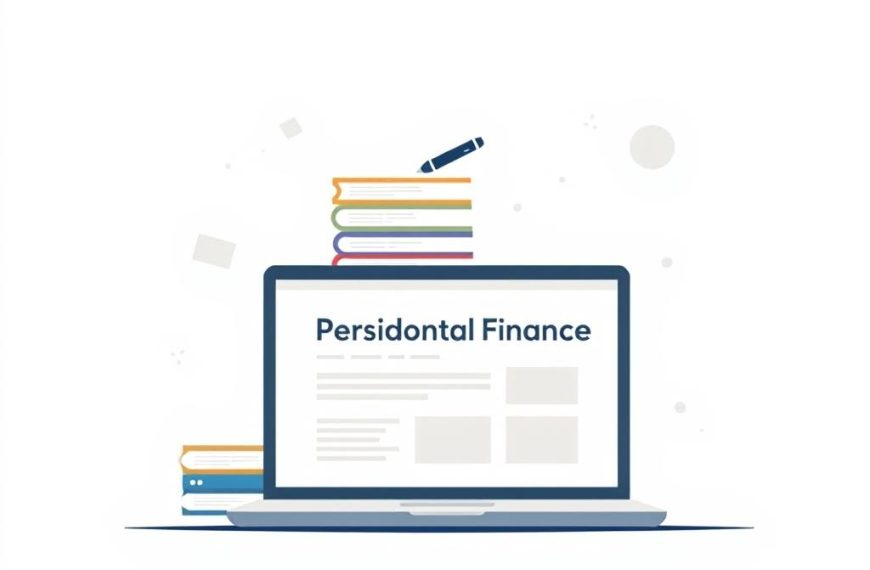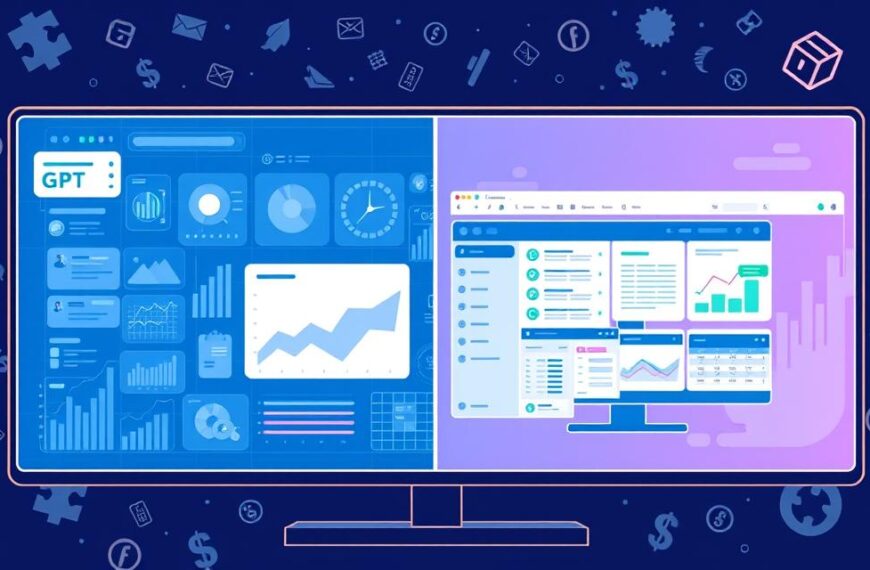Water scarcity is growing into a larger issue. It presents big economic challenges. This affects not just individuals but whole communities. In the United States, over 2.2 million people don’t have running water or proper toilets. This lack of basic services causes households to spend about $15,800 more each year. The reasons include higher healthcare costs, buying bottled water, and losing income from fetching water. This adds up to a yearly economic hit of $8.58 billion.
This crisis of water access goes beyond just the families struggling. Fixing the water access problem could bring nearly a 5 to 1 return on investment. It could create $200 billion in economic value over fifty years. Yet, not everyone faces this issue equally. Native American homes are much more likely to be without complete plumbing than White homes. It’s a crisis that affects health, productivity, and the financial well-being of many American families.
The Economic Impact of Water Scarcity
Lack of clean water hits economies hard worldwide. An estimated 2.2 billion people are without safe water. This issue costs around $260 billion every year. We must look into the costs of living without clean water, healthcare costs, and lost productivity.
The Cost of Living Without Access to Clean Water
Not having clean water is costly. Families spend a lot on water, which can be a huge burden. By taking small loans for water solutions, their monthly expenses can drop from $60 to just $4.50. This savings allows them to spend on other important needs.
Healthcare Expenses and Water Poverty
When clean water is scarce, healthcare costs soar. Waterborne diseases cause many deaths and huge costs. Each year, about 446,000 children under five die from diarrhoea due to poor sanitation. By giving everyone access to basic water and sanitation, we could save $18.5 billion annually. This would mainly come from preventing deaths.
Loss of Productivity and Income
Lack of water affects personal and economic growth. Women and children often spend hours daily collecting water. Adults lose about 232 hours a year, and children about 170 hours. This time could be used for learning or working. This shows how lack of water leads to lost productivity and keeps the cycle of poverty going.
| Category | Economic Impact |
|---|---|
| Annual Global Loss from Water Scarcity | $260 billion |
| Potential Savings with Basic Water Access | $18.5 billion |
| Investment Return on Water and Sanitation | Every $1 yields $4 |
| Child Mortality Due to Diarrhoea | 446,000 annually |
| Time Wasted on Water Collection (Adults) | 232 hours per year |
| Time Wasted on Water Collection (Children) | 170 hours per year |
How Does Lack of Clean Water Affect a Person’s Finances
Not having clean water hits people’s wallets hard. Families face the high costs of finding clean water elsewhere. These costs add up and stretch tight budgets even further. Buying bottled water or paying for water delivery are big expenses that affect daily life.
Direct Costs Incurred by Households
Families without clean water have to shell out on several fronts. They might spend up to $1,350 each year on bottled water alone. Then there’s the expense of water purifiers to make water safe. And don’t forget the cost and effort to fetch water from far-off places.
- Purchasing bottled water, which can cost approximately $1,350 annually.
- Investing in water purification systems to ensure safe drinking water.
- Utilising transportation or services to haul water from distant sources, contributing to additional costs.
Women, often responsible for getting water, lose precious time that could earn them money. Women and girls walk miles daily carrying water, wasting 200 million hours. This is time lost from schooling or working, putting a financial strain on families.
The Ripple Effect on Communities and Society
The lack of water affects whole communities, not just individual households. When money goes into water, there’s less for other needs. This situation can slow down the growth of communities and increase inequality.
This strain reaches local healthcare, too. Unsafe water causes diseases that kill over a thousand toddlers every day. These losses place a heavy burden on public health resources. As healthcare costs climb, communities find it even harder to break free from poverty. This challenge makes achieving Sustainable Development Goals tough.
| Direct Costs | Estimated Annual Cost |
|---|---|
| Bottled Water | $1,350 |
| Water Purification Systems | Varies |
| Transport Services | Varies |
Demographics Affected by Water Scarcity
Water scarcity hits different groups hard, showing big differences in who can get water easily. These differences often relate to race, with some communities struggling more for access to clean water. Urban and rural areas face their own set of problems with water, needing specific solutions.
Disparities Among Racial and Ethnic Groups
In the U.S., about two million people don’t have running water or basic plumbing at home. Latino, Black, and Indigenous groups are especially at risk of not having good water and sanitation. The Navajo Nation, for instance, has over 15% of its people living without piped water.
This situation forces these communities to spend a lot on bottled water. They might pay around $1,350 every year. This expense hits their budgets hard, making it tougher to break free from poverty.
The Situation in Rural versus Urban Areas
Rural places often deal with old plumbing and not enough infrastructure, making their water issues worse. Cities, on the other hand, usually have more and better facilities. Still, many Americans, including immigrants and those with lower incomes, face challenges with water, especially in safely getting rid of waste.
The crisis in Jackson, Mississippi, where 150,000 people went weeks without clean drinking water, shows how serious these problems can be. It points out how important it is to fix these deep inequalities in water access for everyone.
Understanding the National Economic Price Tag
Water scarcity poses significant challenges for healthcare and public health. The spread of waterborne illnesses shows how vital clean water is. It highlights why we need to act on economic reforms and infrastructure investments.
Healthcare Costs Related to Waterborne Illnesses
Healthcare costs for waterborne diseases are alarmingly high, reaching up to $762 million each year. These costs put a huge strain on healthcare systems. They include hospital bills and lost productivity, affecting both individuals and the economy.
Defining the Water Access Gap as an Economic Crisis
The gap in water access is now seen as an economic crisis. Studies show that this disparity harms public health and people’s ability to work. About $123 billion a year is needed for the next ten years. This investment will maintain water infrastructure for 86 percent of the population. If we ignore this, community health, economic growth, and our fight against economic crises will suffer.
Policy Recommendations for Addressing Water Scarcity
To fight water scarcity, we need strong policies for governments and communities. It’s vital that we manage our water smartly and fairly for everyone.
Government Action for Infrastructure Improvement
Government action is crucial for better water systems. The federal government should invest big—about $18.4 billion over ten years. This money would improve water access for reliable and safe use.
This is important because 2.3 billion people live in areas without enough water, including 733 million in very stressed situations. We need to help them.
Community Involvement and Advocacy
Communities must be involved to solve water scarcity. Working together, they can come up with lasting solutions. They should have a say in decisions through a strong Water, Sanitation, and Hygiene (WaSH) sector.
Right now, 80% of our wastewater goes untreated back to nature. This hurts us all. With good policies, communities can push for fair water access. Everyone deserves clean water and proper sanitation.
| Policy Focus Area | Expected Outcomes | Key Strategies |
|---|---|---|
| Infrastructure Investment | Increased access to safe drinking water | Allocate funding, upgrade facilities |
| Community Advocacy | Empowered local decision-making | Engagement initiatives, training |
| Pollution Control | Reduced water contamination | Stricter regulations, monitoring |
| Education and Awareness | Improved consumption habits | Public campaigns, workshops |
Conclusion
Water scarcity takes a heavy financial toll. It affects individuals and communities deeply. Clean water access influences personal and healthcare finances, plus community well-being.
The cost goes beyond inconvenience. It leads to serious health issues and less productivity. With 785 million people without safe water, finding solutions is vital.
Handling this crisis needs better policies and community actions. The “American Jobs Plan” by President Joe Biden is a good step. It puts £111 billion into water systems.
But without strong action, health gaps could grow. Native American and African American communities often lack good plumbing. They are hit hardest by water issues.
Fighting water scarcity means working together worldwide. Better water access and infrastructure can boost health, the economy, and sustainability. It’s an urgent task for everyone involved.
Improving water issues will greatly help communities and economies everywhere. It’s not just important, it’s something we must do quickly.
FAQ
What are the primary causes of water scarcity?
Several factors lead to water scarcity. These include climate change, excessive use of water, population increase, and poor water management systems.
How does water scarcity affect economic stability?
Water scarcity harms the economy by raising healthcare costs due to diseases. It also lowers productivity as people fetch water. This reduces how much families can spend locally.
What communities are most vulnerable to water scarcity?
Low-income families, racial minorities, and rural residents are most at risk. They often don’t have good plumbing or clean water.
How can government action mitigate water scarcity?
Government action can make a big difference by investing in water solutions. This includes better water systems, WaSH initiatives, and laws for saving water and fair access.
What are some direct costs incurred by households without clean water?
Households without clean water spend a lot on bottled water, about £1,350 a year. They also face higher medical bills due to illnesses from dirty water.
How does water scarcity impact productivity levels?
Water scarcity means people spend a lot of time gathering water. This takes away from work hours. It hits their income and overall economic health.
What role does community engagement play in addressing water scarcity?
Community involvement is crucial. It ensures people’s needs and views shape policies and advocacy. This helps change water access problems.


















